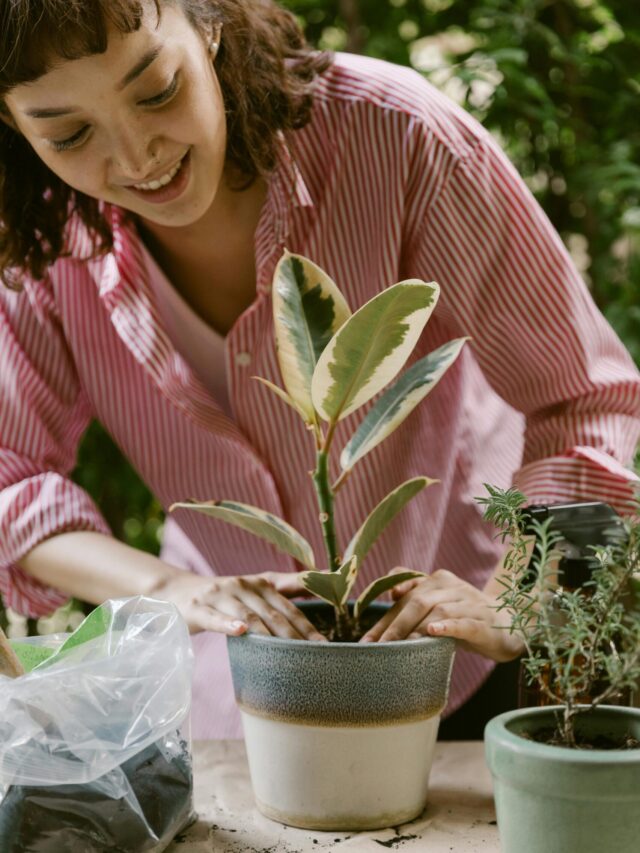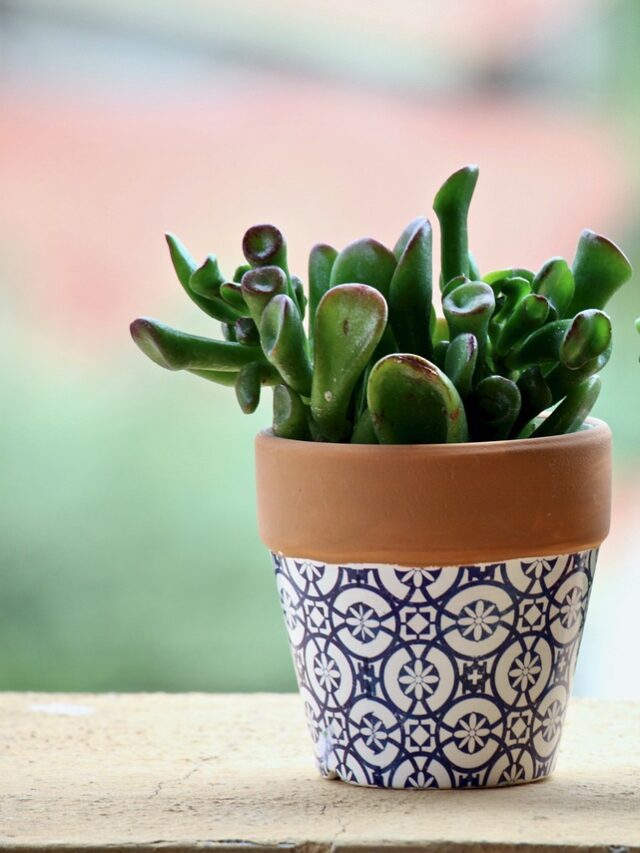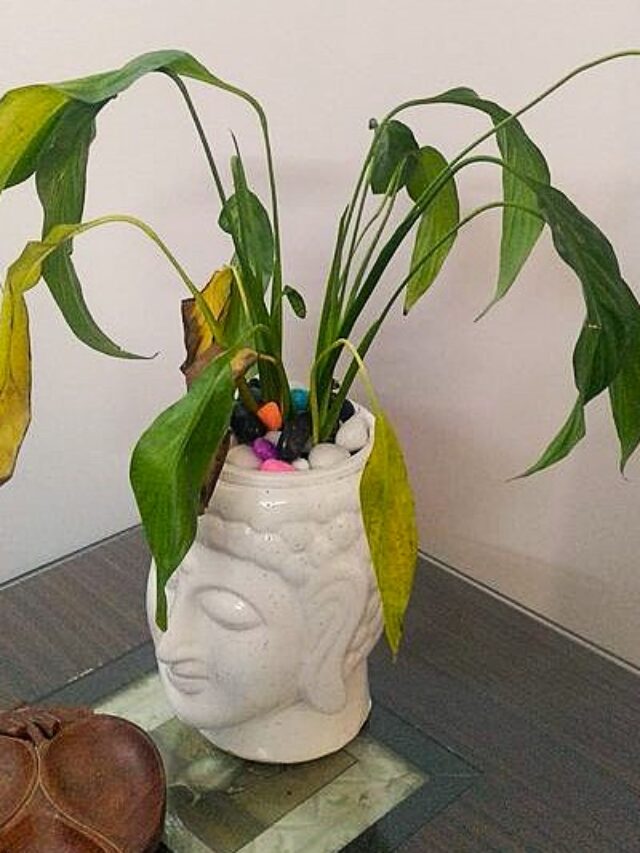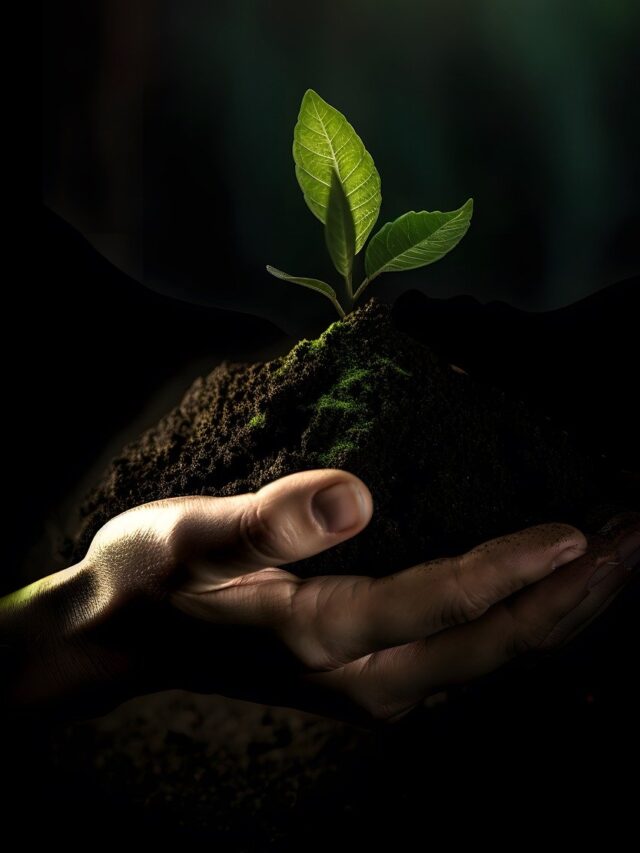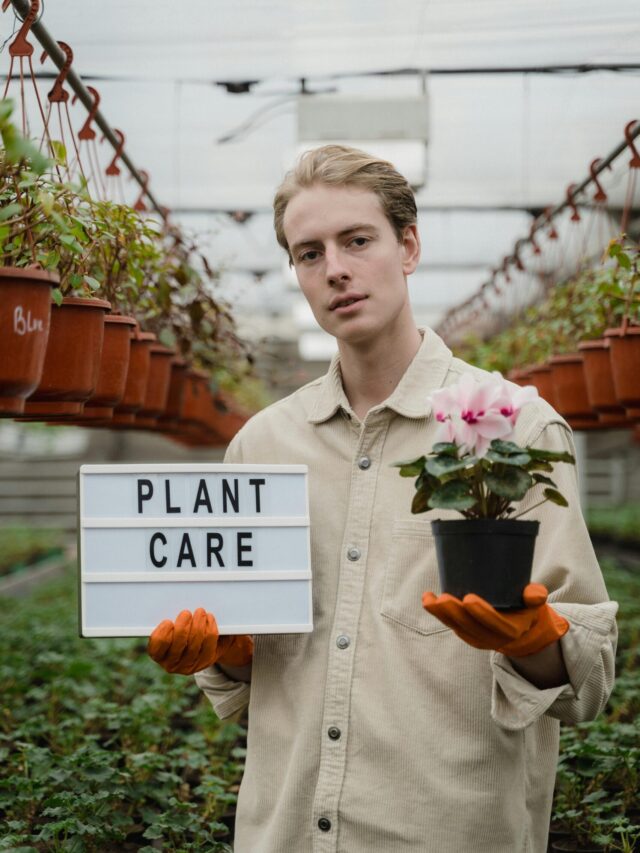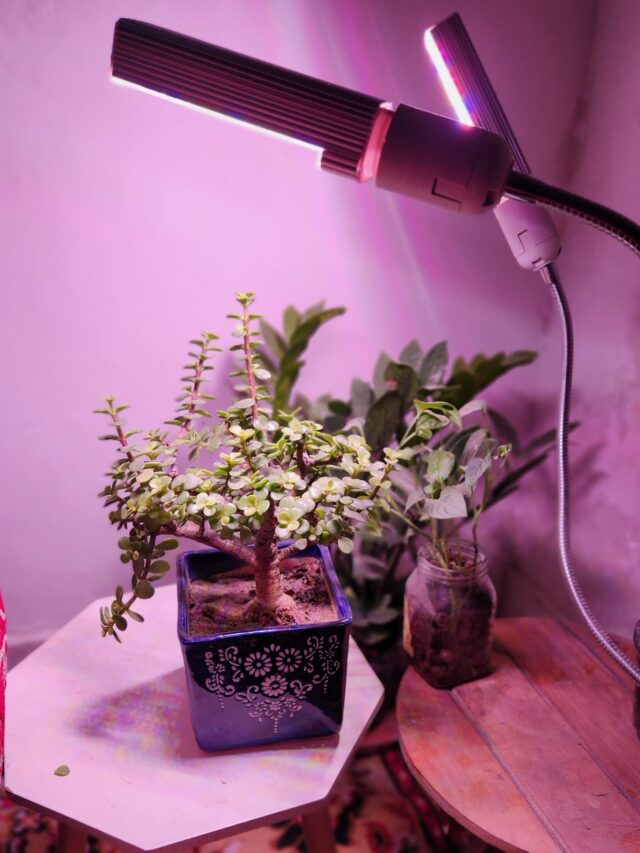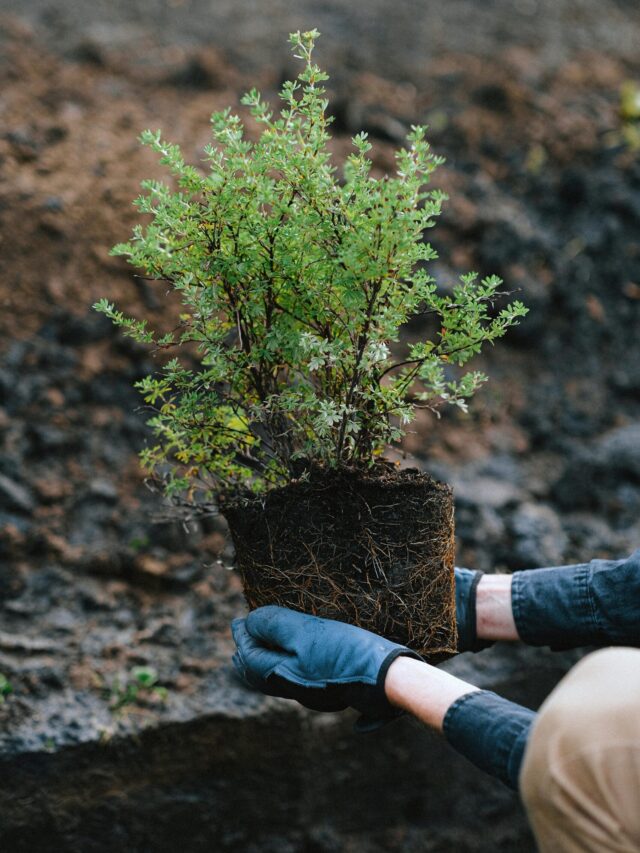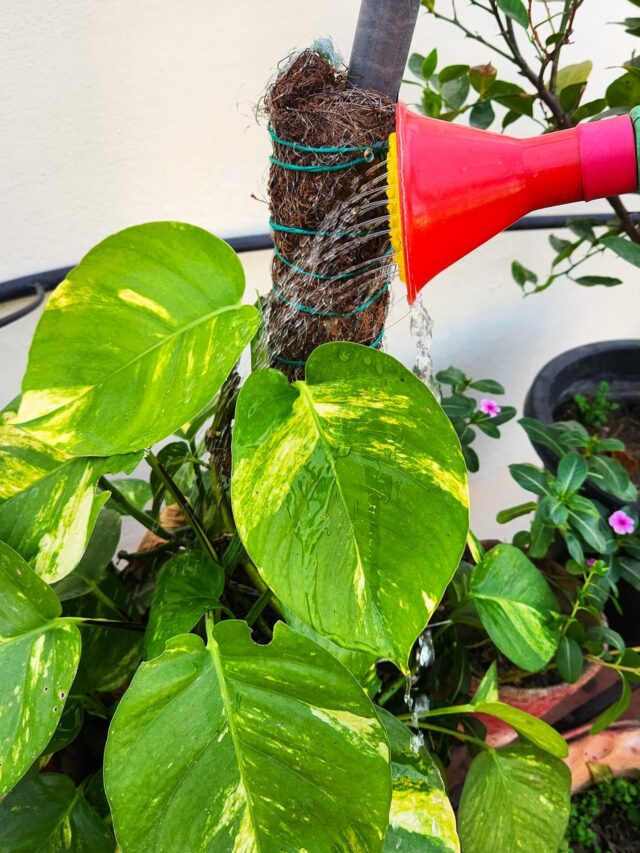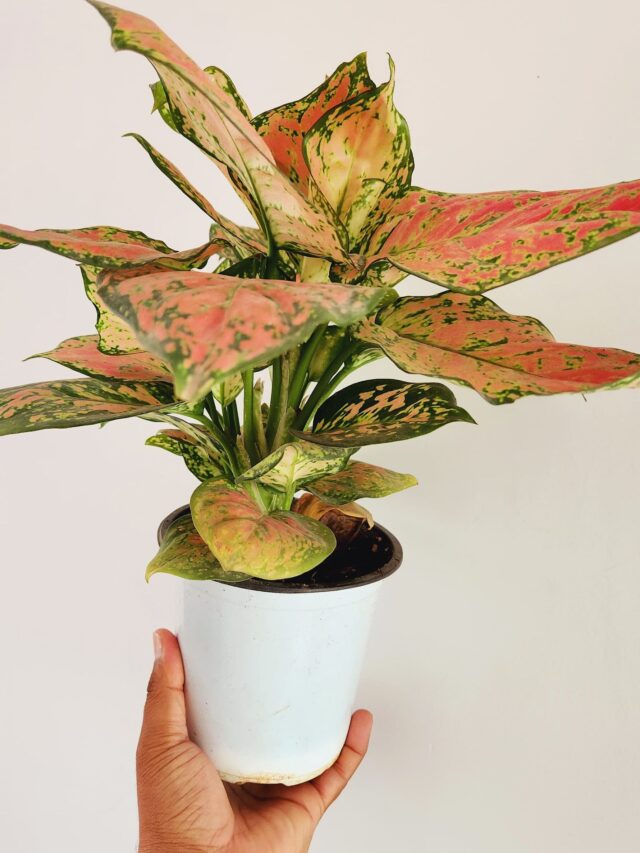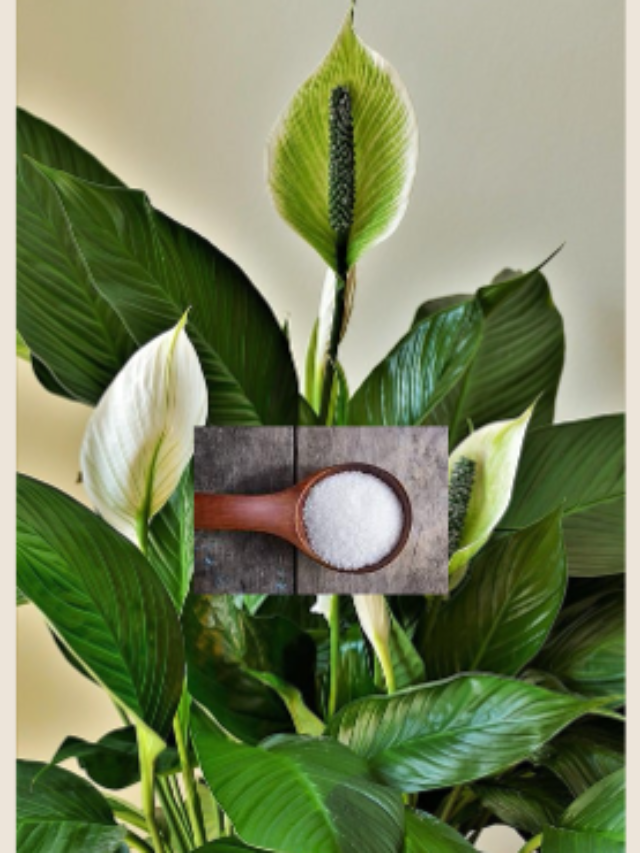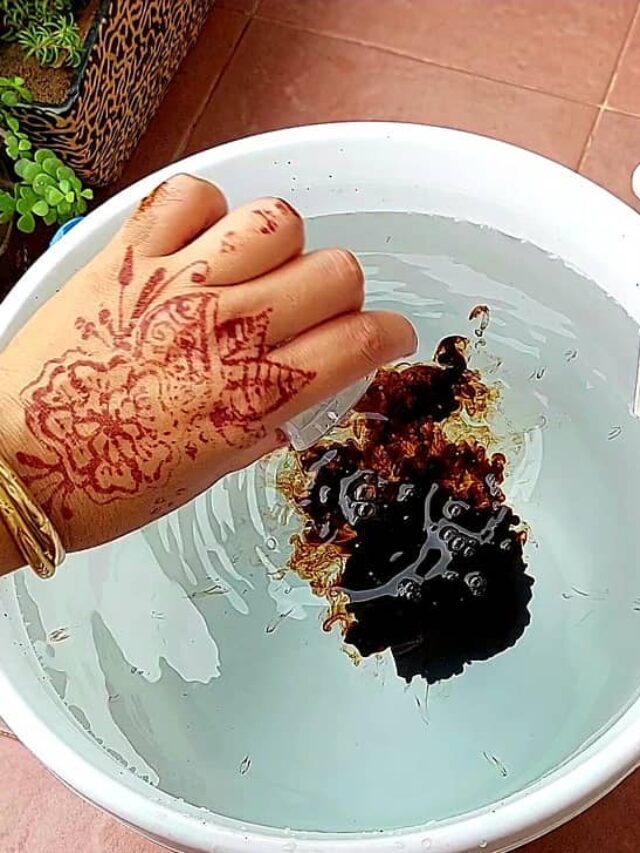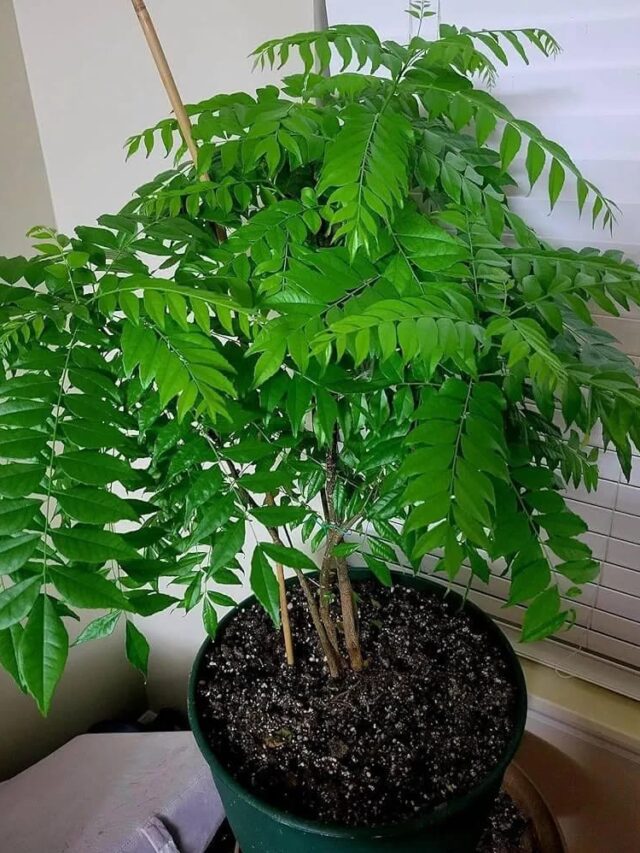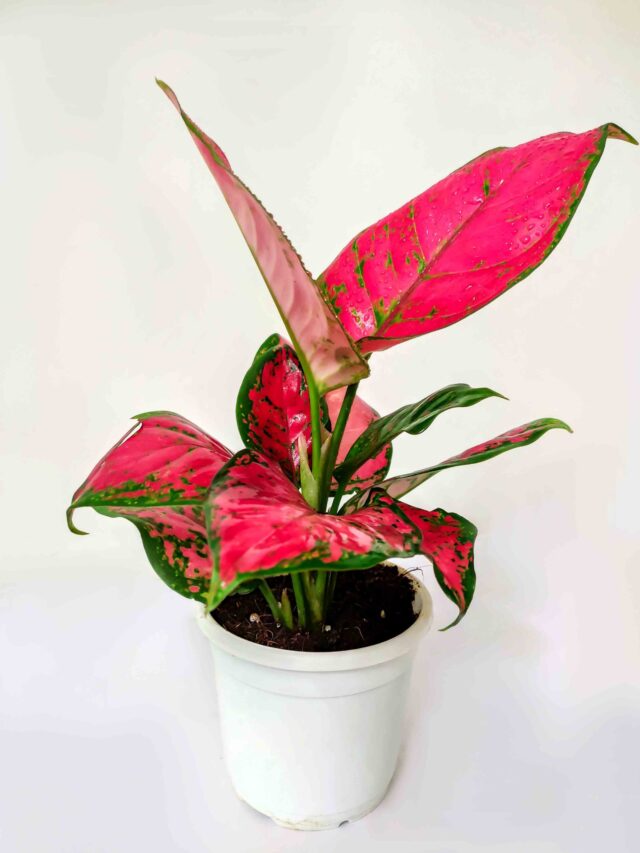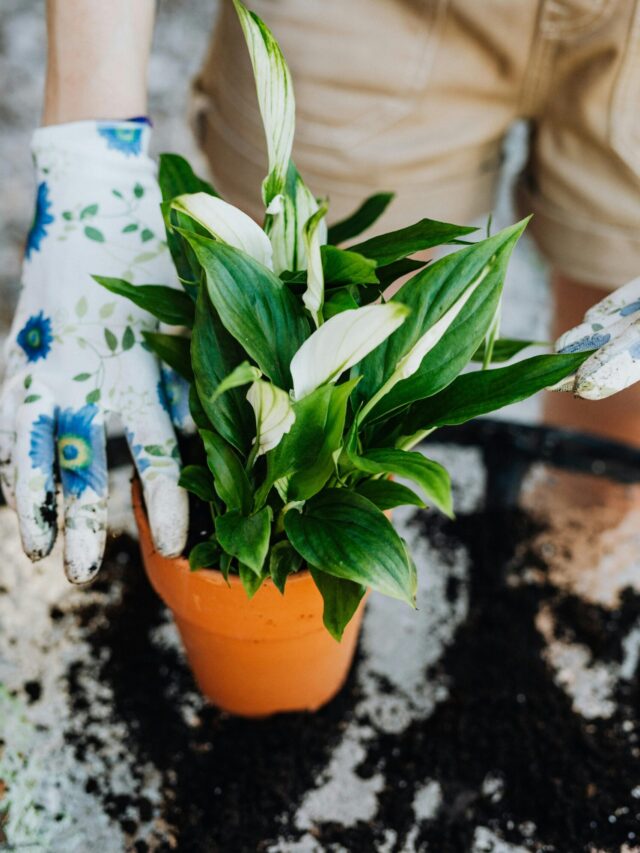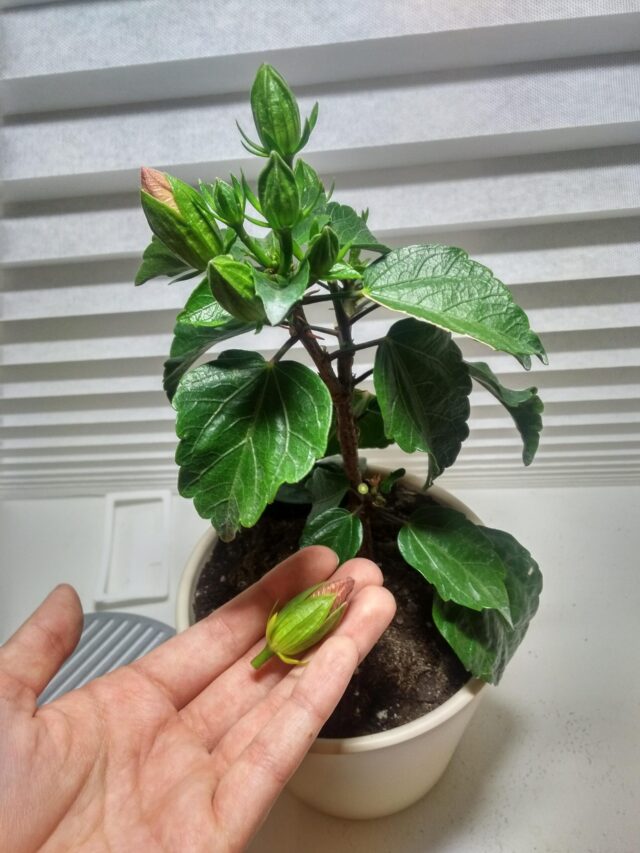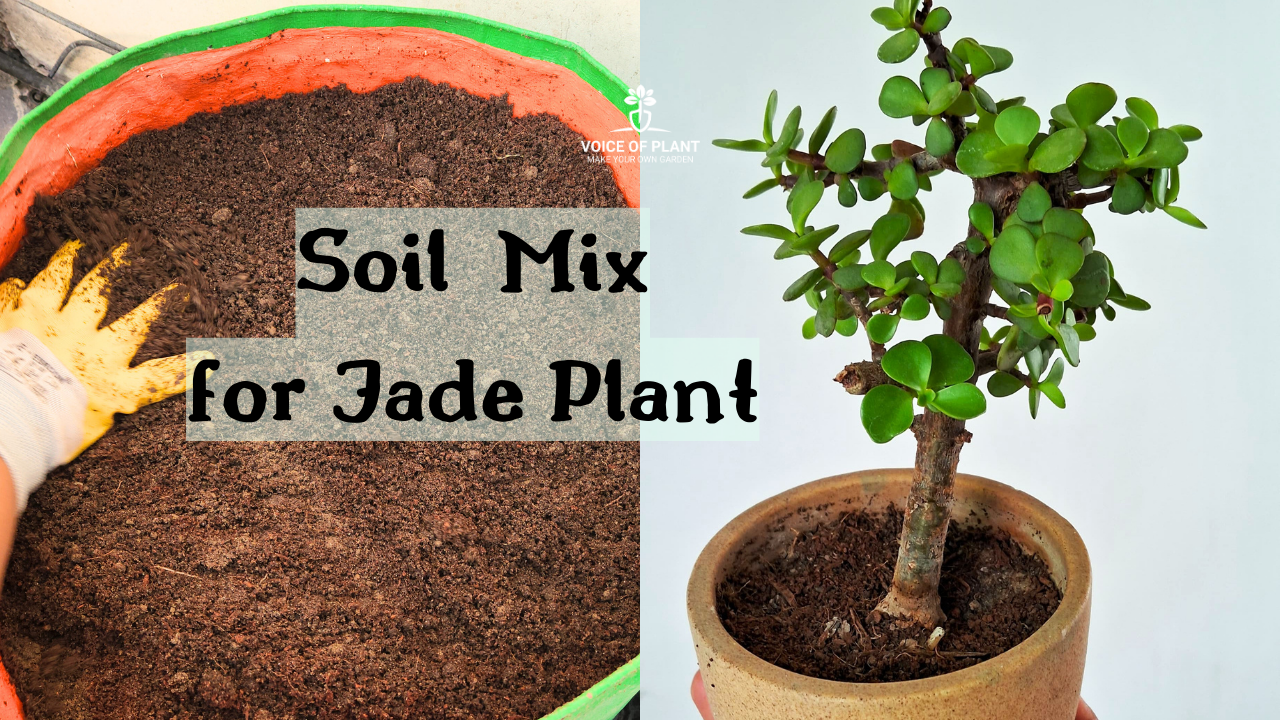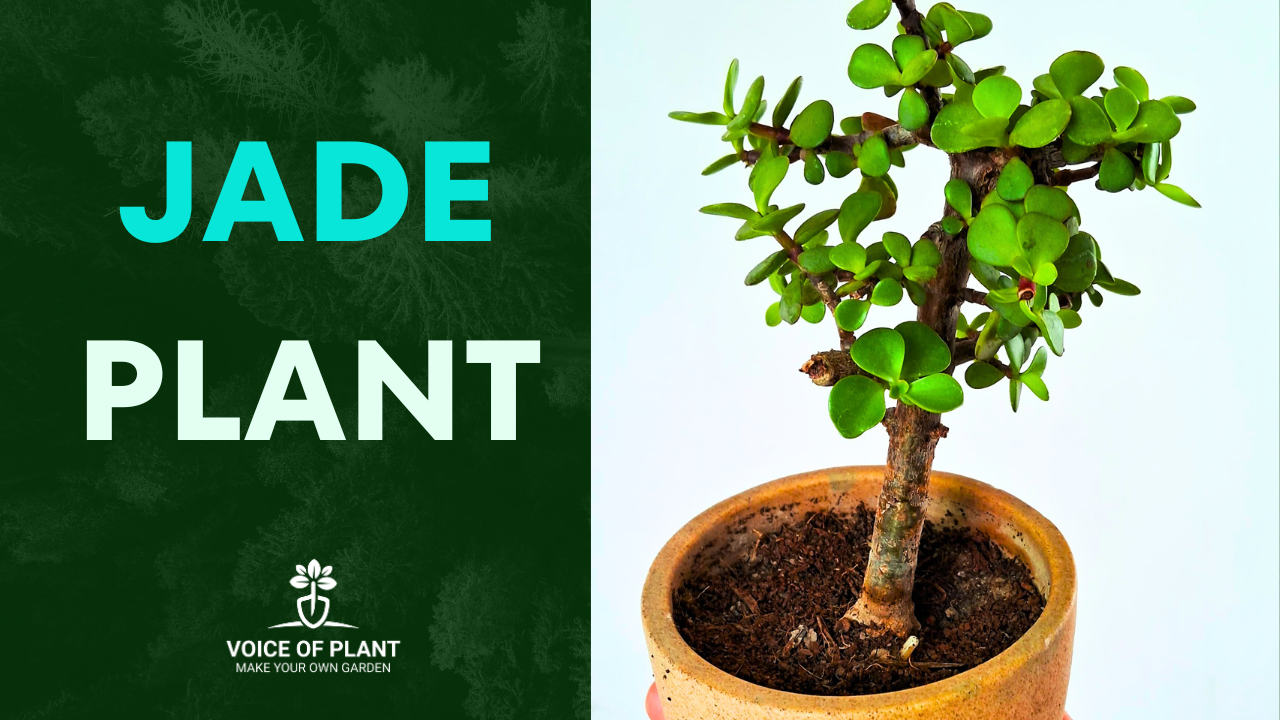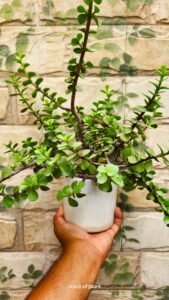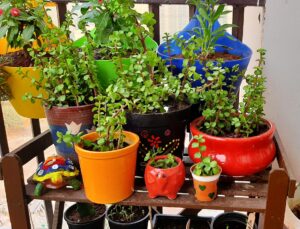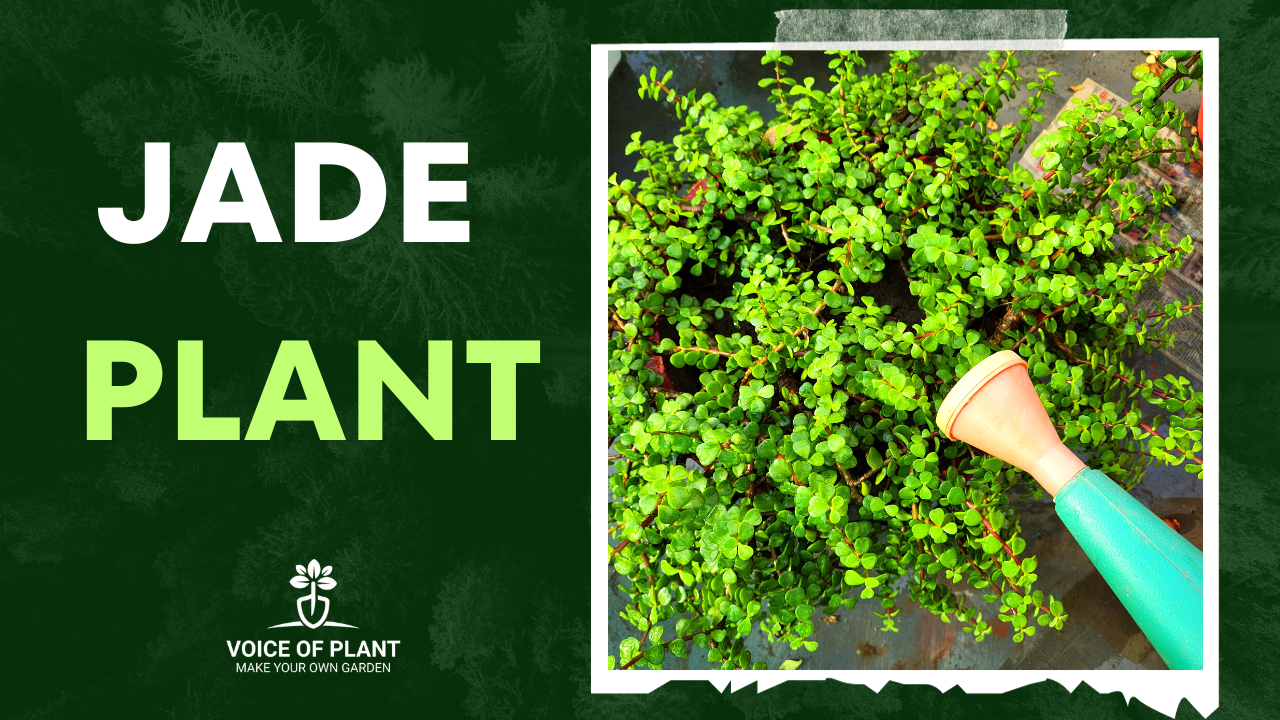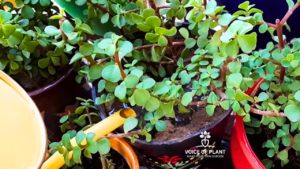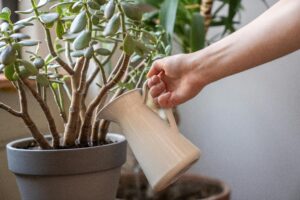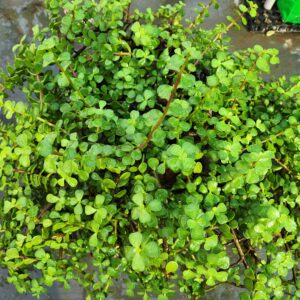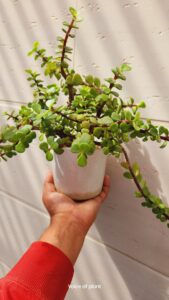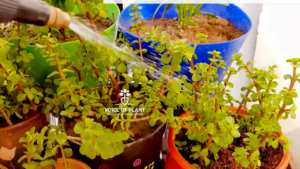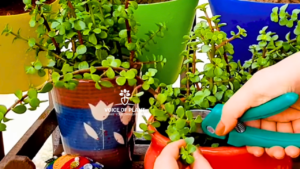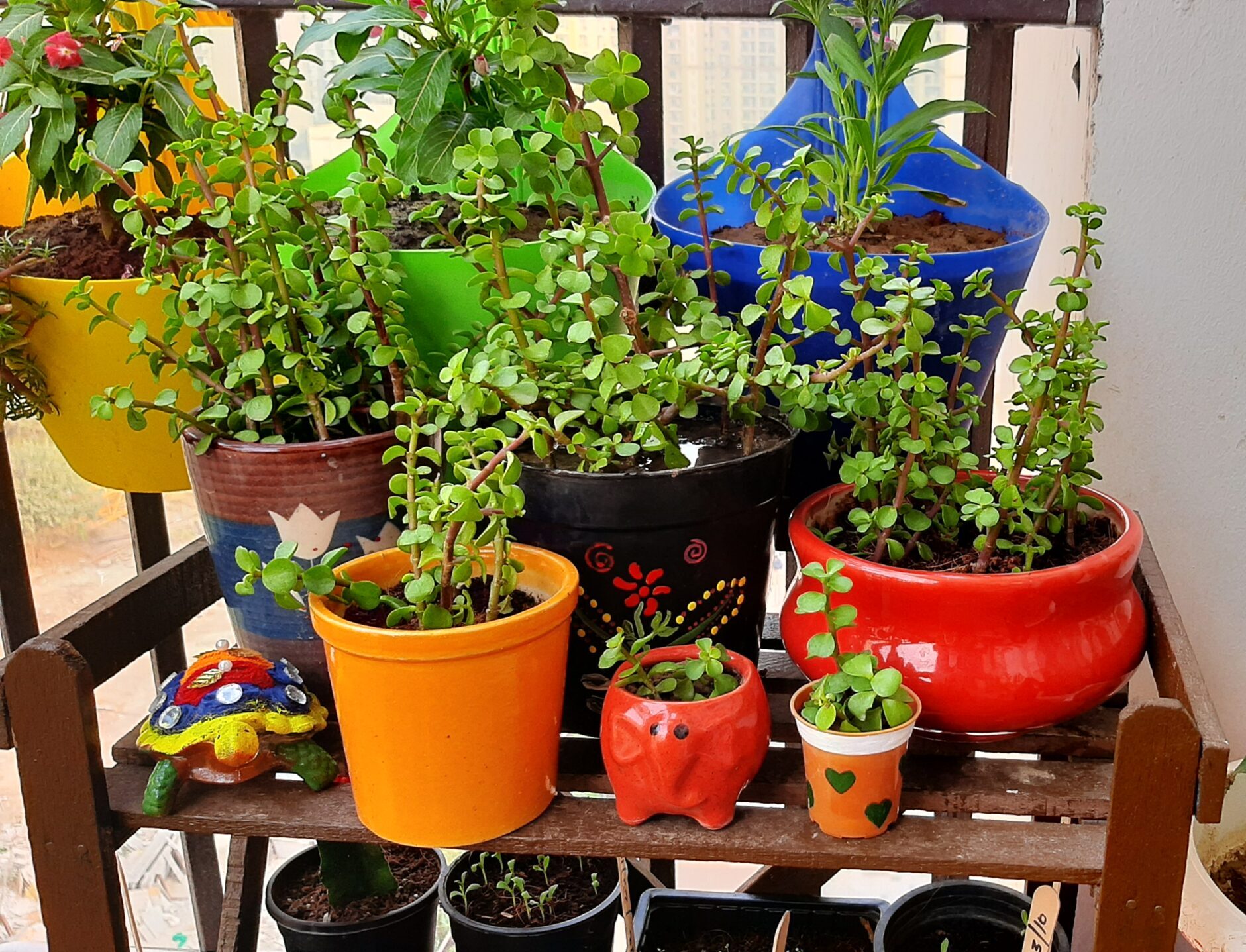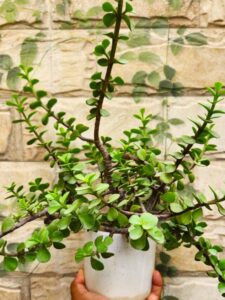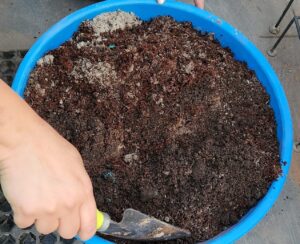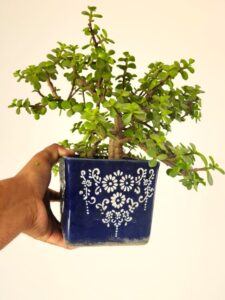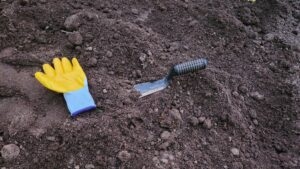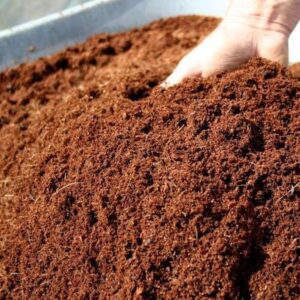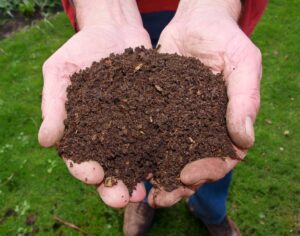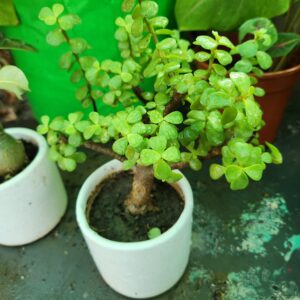Is your Jade plant growing well? Are you planting it in a good soil mix? If not, then it is time to take a closer look at your soil mixture.
In this post, we will discuss how to prepare the best soil mixture for your Jade plant.
Assessing Your Jade Plant Growth
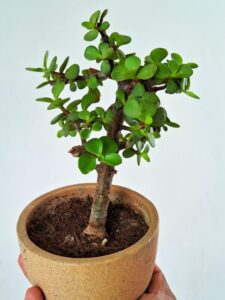
Before diving into soil mixture, it is essential to assess the health and growth of your Jade plant. Look for signs of stunted growth, yellowing leaves, or wilting, as these could indicate issues with the current soil mix.
Best Soil Mixture for Jade Plant
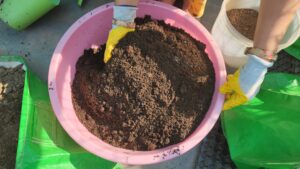
The soil mixture plays a crucial role in providing the necessary nutrients and environment for Jade plant to thrive.
The ideal soil mixture for Jade plant should possess several key characteristics to ensure optimal growth and health.
1. Firstly, it should have excellent drainage properties to prevent waterlogging, which can lead to root rot.
2. Secondly, it should be nutrient-rich to support the plant’s growth and development.
3. Lastly, the texture of the soil should be well-suited for succulent, allowing for proper aeration and root development.
How to make soil mixture for Jade plant
Now, let’s check how to make soil mixture for Jade plant:
1. Collecting and Preparing Soil
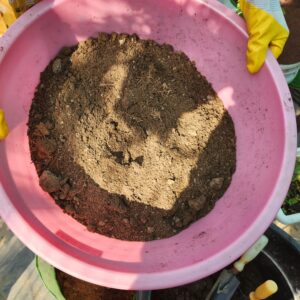
Begin by collecting soil from your garden or local surroundings.
- Ensure to sieve and clean it thoroughly, removing any debris such as plastic or glass pieces.
2. Adding Sand
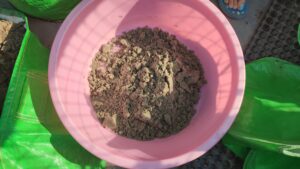
Next, add river sand to the soil mixture, comprising approximately one-third of the total volume.
- Sand aids in improving drainage and preventing soil compaction.
- Sand also enhances soil aeration, allowing oxygen to reach plant roots more easily.
- This improved aeration promotes healthy root development and encourages microbial activity in the soil, which further aids in nutrient availability for plants.
3. Adding Compost
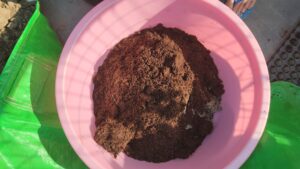
Add compost into the mixture, using an amount equal to the quantity of sand.
- Compost acts as a natural fertilizer, supplying essential nutrients like nitrogen, phosphorus, and potassium to the soil.
- Additionally, it improves soil structure, retains moisture, and enhances microbial activity, creating a healthy environment for plant roots to thrive.
4. Coco Peat

While Jade plants inherently retain water, coco peat can be beneficial, especially if the plant is exposed to prolonged sunlight.
- Add coco peat in moderation, around one-fourth of the soil volume, to enhance moisture retention.
5. Neem Cake Powder for Pest Prevention
To safeguard the plant’s roots from pests, fungi, and bacteria, incorporate a small amount of neem cake powder into the soil mixture.
- Neem cake powder acts as a natural deterrent, promoting the plant’s overall health.
6. Mixing Properly
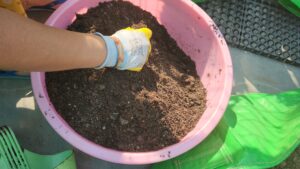
Thoroughly blend all the ingredients to create a porous soil mixture. The resulting mixture should be loose and crumbly, ensuring optimal drainage and root aeration.
Also read, Tips to Care Jade Plant
Additional Care Tips
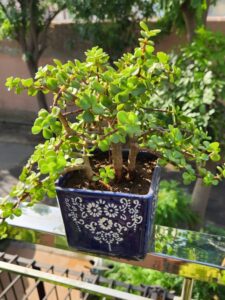
1. Jade plants, being succulents, need minimal watering. Only water them when the soil is completely dry.
2. Avoid overwatering –
Jade plants store water in their fleshy leaves and stems, making them well-equipped to survive in arid conditions.
- However, when they are overwatered, their roots become saturated, leading to oxygen deprivation and ultimately root rot.
3. Jade plants thrive with 4-5 hours of direct sunlight daily, making it optimal to keep them outdoors.
By following these steps and understanding the needs of your plant, you can create an environment where your Jade plant will thrive.
Thanks
Happy Gardening!
